
Code: 01398234
Analog VLSI System for Stereoscopic Vision
by Misha Mahowald
An Analog VLSI System for Stereoscopic Vision investigates the interaction of the physical medium and the computation in both biological and analog VLSI systems by synthesizing a functional neuromorphic system in silicon. In both ... more
- Language:
 English
English - Binding: Hardback
- Number of pages: 215
Publisher: Springer, 1994
- More about this

139.60 €

Low in stock at our supplier
Shipping in 12 - 17 days
Potřebujete více kusů?Máte-li zájem o více kusů, prověřte, prosím, nejprve dostupnost titulu na naši zákaznické podpoře.
Add to wishlist
You might also like
-

Gateway to Science: Student Book, Softcover
29.28 € -

My Big World
16.28 € -13 % -

Democratic Legislative Institutions: A Comparative View
74.15 € -

Association Rule Hiding for Data Mining
139.60 € -

Advanced Research on Computer Science and Information Engineering
139.60 € -

Echo 2
8.59 € -23 % -

Praktický průvodce podnikatele
7.16 € -11 %
Give this book as a present today
- Order book and choose Gift Order.
- We will send you book gift voucher at once. You can give it out to anyone.
- Book will be send to donee, nothing more to care about.
More about Analog VLSI System for Stereoscopic Vision
You get 345 loyalty points
 Book synopsis
Book synopsis
An Analog VLSI System for Stereoscopic Vision investigates the interaction of the physical medium and the computation in both biological and analog VLSI systems by synthesizing a functional neuromorphic system in silicon. In both the synthesis and analysis of the system, a point of view from within the system is adopted rather than that of an omniscient designer drawing a blueprint. This perspective projects the design and the designer into a living landscape. The motivation for a machine-centered perspective is explained in the first chapter. The second chapter describes the evolution of the silicon retina. The retina accurately encodes visual information over orders of magnitude of ambient illumination, using mismatched components that are calibrated as part of the encoding process. The visual abstraction created by the retina is suitable for transmission through a limited bandwidth channel. The third chapter introduces a general method for interchip communication, the address-event representation, which is used for transmission of retinal data. The address-event representation takes advantage of the speed of CMOS relative to biological neurons to preserve the information of biological action potentials using digital circuitry in place of axons. The fourth chapter describes a collective circuit that computes stereodisparity. In this circuit, the processing that corrects for imperfections in the hardware compensates for inherent ambiguity in the environment. The fifth chapter demonstrates a primitive working stereovision system. An Analog VLSI System for Stereoscopic Vision contributes to both computer engineering and neuroscience at a concrete level. Through the construction of a working analog of biological vision subsystems, new circuits for building brain-style analog computers have been developed. Specific neuropysiological and psychophysical results in terms of underlying electronic mechanisms are explained. These examples demonstrate the utility of using biological principles for building brain-style computers and the significance of building brain-style computers for understanding the nervous system.
 Book details
Book details
Book category Books in English Computing & information technology Computer science Artificial intelligence
139.60 €
- Full title: Analog VLSI System for Stereoscopic Vision
- Author: Misha Mahowald
- Language:
 English
English - Binding: Hardback
- Number of pages: 215
- EAN: 9780792394440
- ISBN: 0792394445
- ID: 01398234
- Publisher: Springer
- Weight: 1120 g
- Dimensions: 235 × 155 × 17 mm
- Date of publishing: 31. March 1994
Trending among others
-

Dive into Deep Learning
38.50 € -
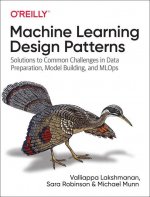
Machine Learning Design Patterns
55.92 € -16 % -

Deep Learning
15.15 € -17 % -

Reinforcement Learning
99.55 € -
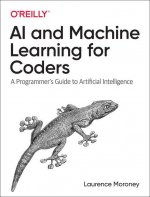
AI and Machine Learning For Coders
54.28 € -19 % -

Deep Learning
89.51 € -

Book of Why
11.05 € -23 % -

Pattern Recognition and Machine Learning
108.26 € -

Natural Language Processing in Action
53.97 € -5 % -

Introduction to Applied Linear Algebra
53.05 € -3 % -

Designing Human-Centric AI Experiences
57.15 € -13 % -

Procedural Content Generation via Machine Learning
72 € -

Pro Deep Learning with TensorFlow 2.0
63.39 € -3 % -

Deep Learning
99.55 € -

Python Machine Learning
59.60 € -

On Intelligence
16.58 € -22 % -

Artificial Intelligence Basics
38.50 € -16 % -

Probabilistic Machine Learning
147.90 € -12 % -

Advances in Financial Machine Learning
44.44 € -20 % -
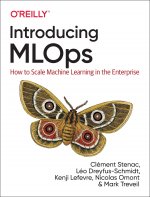
Introducing MLOps
53.05 € -21 % -

Python Machine Learning -
46.39 € -
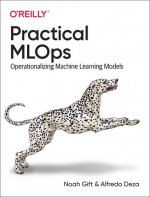
Practical MLOps
71.89 € -20 % -

Why Greatness Cannot Be Planned
27.65 € -19 % -

Advanced API Security
38.71 € -16 % -
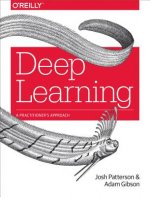
Deep Learning
48.34 € -21 % -

Probabilistic Graphical Models
139.29 € -11 % -
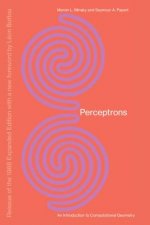
Perceptrons
84.29 € -

Neural Networks and Deep Learning
78.96 € -

Tiny ML
49.26 € -13 % -

Neural Networks and Deep Learning
70.87 € -
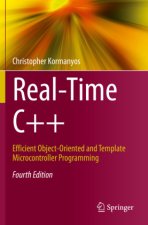
Real-Time C++
62.37 € -

Programming Machine Learning
48.13 € -1 % -
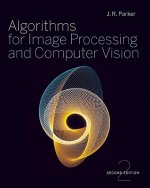
Algorithms for Image Processing and Computer Vision
118.91 € -

AI for Games Developers
33.28 € -18 % -

Eye Tracking Methodology
80.29 € -

Maschinelles Lernen - Grundlagen und Anwendungen
43.42 € -

Artificial Intelligence
73.74 € -

Learning Robotic Process Automation
53.25 € -

Heuristic Search
125.16 € -

Artificial Intelligence: A Modern Approach, Global Edition
73.94 € -5 % -

Dialogue and Instruction, 1
70.87 € -
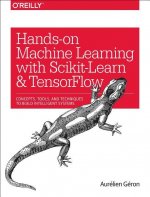
Hands-On Machine Learning with Scikit-Learn and TensorFlow
50.79 € -

We have been harmonised
12.59 € -13 % -
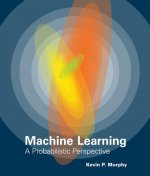
Machine Learning
124.34 € -12 % -

Visualize This - The FlowingData Guide to Design, Visualization and Statistics
43.21 € -13 % -

Pattern Recognition and Machine Learning
95.45 € -

Learning OpenCV 3
92.69 € -

Creativity Code
12.28 € -23 % -

Practical Machine Learning with Python
102.11 €
Collection points Bratislava a 2642 dalších
Copyright ©2008-24 najlacnejsie-knihy.sk All rights reservedPrivacyCookies


 15549 collection points
15549 collection points Delivery 2.99 €
Delivery 2.99 € 02/210 210 99 (8-15.30h)
02/210 210 99 (8-15.30h)